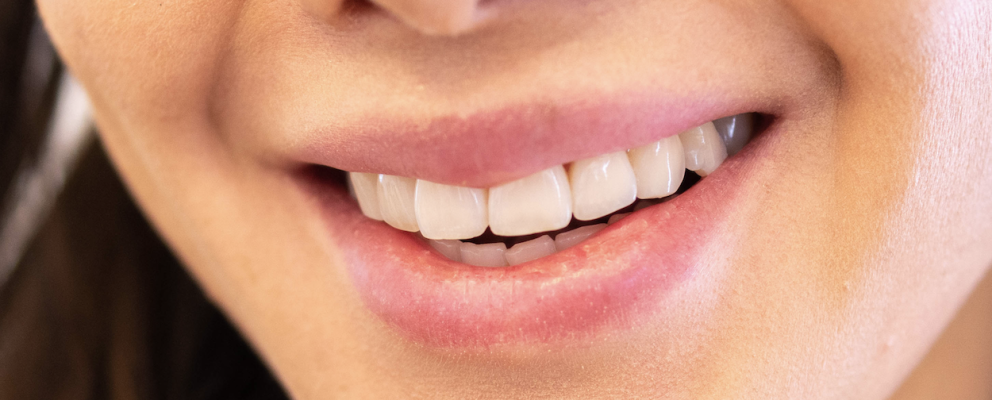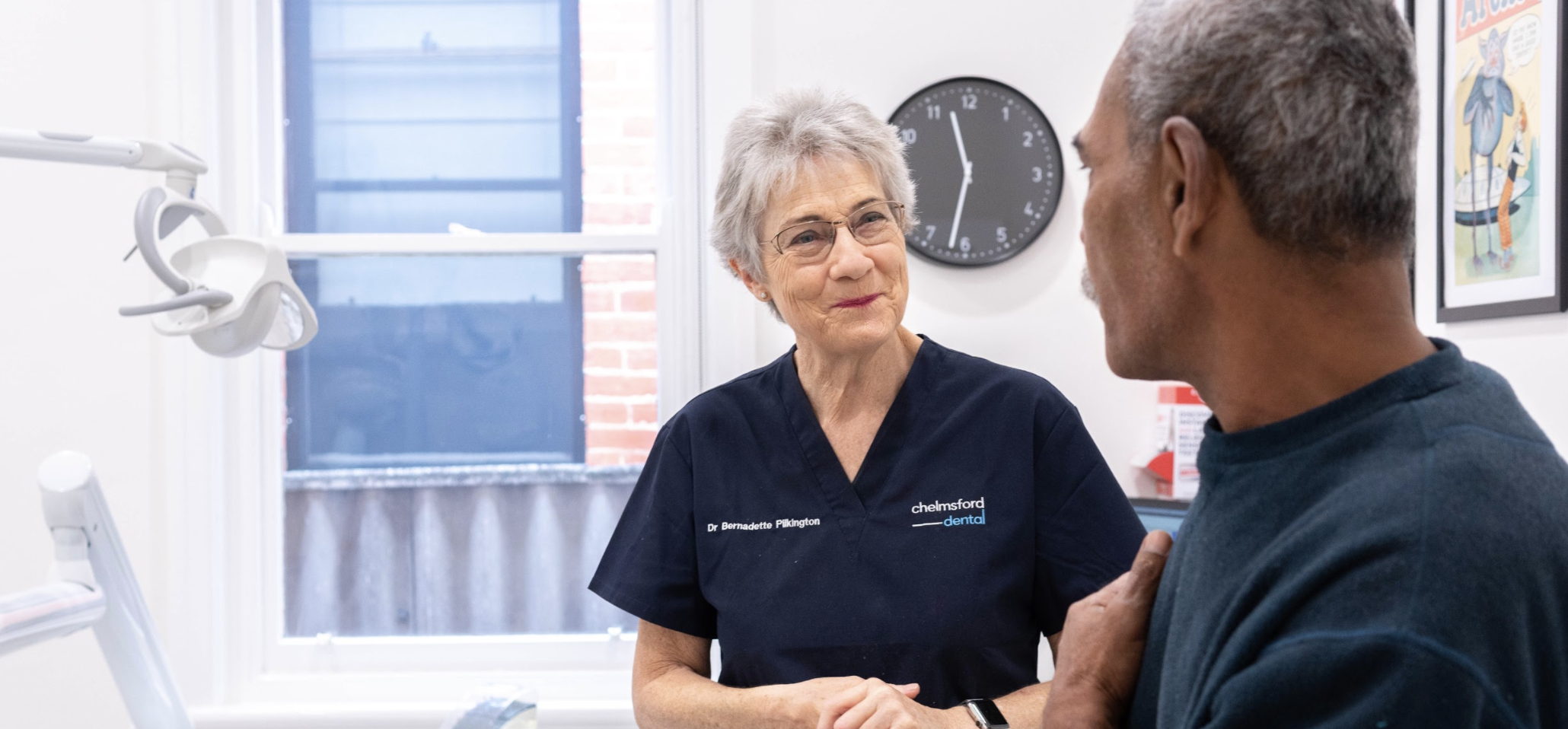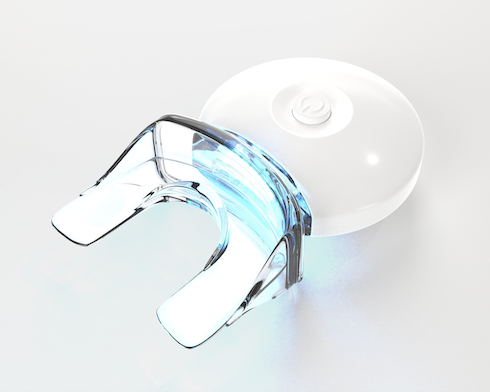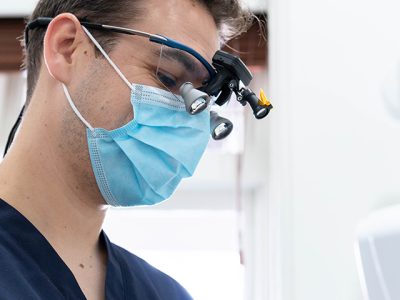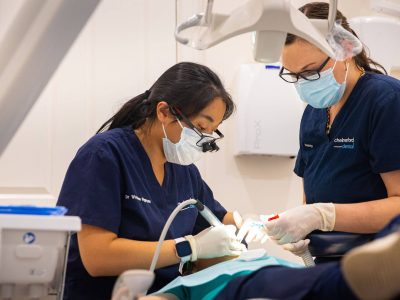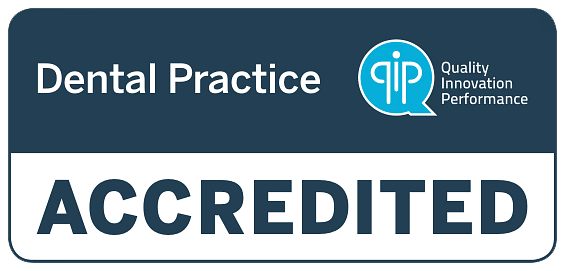When we watch our favourite celebrities, among the things that stand out about them are their teeth. Their pearly whites glow, showing a beautiful smile.
We all want that, and the good news is that it is achievable! You do not have to be a Hollywood star to have perfect teeth. With teeth whitening, you can turn those yellowish gnashers into a shiny, white smile.
But, teeth whitening is not that simple.
It is why this blog post is designed to illuminate you, so you truly understand the world of this specific process.
In this article, you will learn the answers to some of the frequently asked questions about teeth whitening.
- What is Teeth Whitening?
- Who is Teeth Whitening for?
- What Are Your Choices?
- Can You Whiten Your Teeth at Home?
- Can You Expect the Best Results?
- Does Teeth Whitening Have Adverse Effects on the Teeth?
- Is Teeth Whitening Expensive?
- Is It Better to Go to a Professional Than to DIY?
- What Are Other Facts About Teeth Whitening?
- How Do I Maintain My Whitened Teeth?
Without further ado, here are the top questions about teeth whitening with their in-depth answers:
1. What is Teeth Whitening?
The term “teeth whitening” is quite self-explanatory. It is the process of whitening or lightening the colour of teeth. What truly happens in the background is fascinating since it does not work as simple as applying a whitening product on the surface.
Teeth whitening involves measures that change the intrinsic colour of each tooth. It can also take place by removing extrinsic staining and controlling the effects of subsequent stains. Therefore, what you will have left is a set of teeth that can be a little bit more resistant to unwanted pigments.
There are different products and techniques to get rid of discolouration. But only a dental professional can help you decide on your options. With the guidance of a dentist, your case can be diagnosed properly. The intensity and the sites that require focus will be determined as well.
Tooth whitening has exploded over the past few years. In the US, whitening toothpaste grew in sales, profiting more than $3 million in 2016 alone. Other sources also state that about 45 million Americans (equivalent to 14 per cent of the population) have undergone professional teeth whitening procedures.
Meanwhile, Australians are also obsessed with teeth whitening with several online brands and over-the-counter products seeing huge sales.
There is indeed no sign that the demand for teeth whitening will decline anytime soon.
2. Who is Teeth Whitening for?
The great news is that anyone can have their teeth whitened. However, before you get too excited, you should be aware that results can differ from one person to the next. It means that if your friend’s teeth are shining brightly, yours may not have the same effect. It does not matter if you go to the same dentist or you use the same product.
There is a little bit of science involved here. Some people’s teeth simply absorb the products better. Plus, cases are different. If your teeth are stained badly, you may not see the desired results right after the procedure.
After a thorough examination, the dentist will tell you the suitable whitening method for you. Some rules and guidelines exist in teeth whitening. For example, for those with a history of periodontal disease, it may not be best to go through chemical whitening. This guideline also exists for those with, particularly sensitive teeth. Some products can irritate your gums, which may be already tender because of your condition.
Bleaching, which is one of the most effective means of teeth whitening, may not be suitable for those who have the following in their front teeth:
- Caps
- Bonding
- Crowns
- Tooth-coloured fillings
Although bleach works, it will not change the colour of the materials used in the procedures above. Unfortunately, it will result in a smile that does not have the same whitened colour throughout.
Nevertheless, if your dentist gives you a go-signal, you can achieve your dream of having whiter teeth. There should not be any significant issues along the way.
In reality, teeth whitening is among the areas of dentistry that fit most people. Chances are, you can get a more amazing smile after the procedure.
3. What Are Your Choices?
Professional bleaching is the top method that professionals use. A bleaching product contains either carbamide peroxide or hydrogen peroxide. These two chemicals are both effective in removing surface stains. They are also used to go deeper into the teeth to get rid of what caused the unnatural colour.
While you can purchase products for bleaching teeth over the counter, they are not as strong as the ones that dentists use. It is why you will immediately see the difference if you have already tried to DIY before.
Whiteners from dentists have about 35% to 45% peroxide. On the other hand, bleaching products only have about seven per cent, particularly the popular whitening trays.
Other ingredients that are present in professional bleaching products are carbopol, glycerine, and sodium hydroxide. The bleach product often comes in gel form, which also has its own buffer to act as protection for the tooth enamel. This way, it will not be damaged after the session.
Aside from being effective, professional teeth whitening lasts longer. The results are visible after the session as well. You can enjoy perfect-looking teeth for a year or more, especially if you listen to the dentist’s guidelines.
Bleaching can be done either in the dental chair or using custom-made trays to take home. The dentist can use stronger bleach for in-chair whitening, which means the results are more instantaneous. Take-home whitening has a slower pace but often leads to longer-lasting results.
4. Can You Whiten Your Teeth at Home?
There are quite a number of alternative ways to whiten teeth. They are much cheaper and easy to use. However, consumers should be aware that the results are far from what professionals can offer. Some products will not even be effective even after many uses.
Still, people buy them in hopes of achieving their dream smile.
Here are the other teeth whitening methods that you can do on your own at home:
- Whitening Toothpaste: They contain mild abrasives, including aluminium oxide, silica, and calcium carbonate. These ingredients can remove stains on the surface. Although whitening toothpaste can work on some individuals, they will not go in deeper. If you have significant staining, you will not notice any changes.
- Stain Removal Toothpaste: These products are the same as a whitening toothpaste. However, their goal is to remove surface stains and promise to deliver better results than ordinary whitening toothpaste. They have abrasive ingredients as well, such as baking soda and may result in teeth that are up to two shades lighter.
- Over-the-Counter Bleaching Products: Both local grocery and online stores provide various bleaching options for DIYers. You have to follow the instructions carefully since you will be working with bleach. Make sure that the product comes with a seal of approval or acceptance from the Australian Dental Association.
- Whitening Trays: The kit comes with a mouthguard and a gel-based solution. The amount of peroxide in these trays is quite low, so you will have to continue the process for several weeks.
- Chewing Gum and Strips: Some chewing gum products can be used daily to remove food residue. Meanwhile, whitening strips are small strips that you can stick on your teeth to facilitate the effect. You will need to place the strips on the teeth for about 30 minutes per day.
Other people also turn to home remedies, such as using baking soda and lemon juice or strawberries to get the desired effect. Both have vitamin C and may be abrasive enough to change the colour of your teeth. However, do not expect any miracle from these home treatments.
5. Can You Expect the Best Results?
You can only get excellent results with the help of a professional. Basic treatments, including whitening toothpaste and other whitening kits, will not give you a Hollywood smile.
Also, you will not have bright teeth right away unless you have no existing deep stains on each tooth. Most people have to go back to their dentist a few times for about two to three months. The final result will be determined by the natural colour of your teeth at the start of the treatment. If you had some bad habits, such as smoking, it might be challenging to reach the highest level of shade.
6. Does Teeth Whitening Have Adverse Effects on the Teeth?
One of the most common complaints about teeth whitening is tooth sensitivity. Bear in mind, though that it does not happen to everyone. But, it should not scare you away from the treatment. It is merely a side effect of peroxide as it gets through the tooth enamel and the dentin. The process irritates the nerve endings of the teeth.
If you experience any sensitivity, it will go away in a few days. If it persists, you should talk to your dentist about it. At-home whiteners also have the same effect. You can delay your treatment for a few days or until sensitivity goes away. Then, you can try again.
7. Is Teeth Whitening Expensive?
The entire process can be expensive, depending on the treatment and the result you want. For those with heavy stains on their teeth, it may take several visits before the discolouration disappears. Of course, if you want an affordable solution, you can go for DIY treatments. The results, however, will not be as significant as professional teeth whitening.
The price will depend on the method of treatment and your case. Our custom-made trays and bleach cost $350. Before we whiten your teeth, we will have to perform an examination and plaque removal first. This may amount to $180. It can be costly, but the investment is worth every penny. Plus, you have a real professional taking care of your teeth, so you know you will get the best results.
8. Is It Better to Go to a Professional Than to DIY?
The only edge of DIY or at-home whiteners is the affordability of the products. These whiteners may promise you white teeth, but most of the time, they will not even remove the stains. It is because these products only work for specific people. For instance, if you have been drinking coffee for several years now, teeth whitening at home will not work.
You need a professional to look at your teeth and assess the situation. This way, you will only get the appropriate treatment you need without wasting money. Also, there is a risk that you are not using approved products if you choose the DIY route. To be on the safe side, always follow your dentist’s advice.
9. What Are Other Facts About Teeth Whitening?
Here are some essential things to know before you try the procedure:
- You will not get the results you want immediately. You will still have slightly yellow teeth even after two weeks. Most people go through the process for about three to four weeks before they see the results they dream of.
- It is not permanent. Unfortunately, your whitened teeth can wear off in the long run. It is up to you to determine how long it will take. By taking care of your whitened teeth, you can enjoy your smile for one year or more.
- When you have a problem with your teeth, always look for help from the best experts. Chelmsford Dental will not just whiten your teeth but also give you tips on how to make the effect last.
- Teeth whitening is not a frightening experience. Although there are a few side effects, many people do not experience them. If you do, they will go away within a couple of days or so.
- In-chair treatment can take from one to two hours.
- Smokers and those who like to drink acidic beverages, such as coffee and soda, will have to stop these habits. If you cannot stay away from your favourite drink, your dentist may recommend drinking using a straw to limit the staining.
10. How Do I Maintain My Whitened Teeth?
It is essential to understand the causes of yellowing. Teeth stains are often due to smoking and drinking black tea and coffee. Red wine can also have the same effect, as well as some foods that are highly pigmented.
Tobacco use also stains teeth. Having poor dental hygiene, such as avoiding brushing and flossing, will lead to discolouration. People with certain conditions can have stained teeth, mainly because of their medication and treatment. For example, chemotherapy can result in yellow teeth.
Teeth whitening is not permanent. You need to have proper oral hygiene by brushing your teeth at least twice daily. Flossing once a day will help remove plaque. You may also have to rinse using an antiseptic mouthwash. Follow the recommendations of your dentist, and you will surely have white teeth for the years to come.
For more information on teeth whitening options or to speak to a professional dentist in Perth today, please contact our friendly staff at Chelmsford Dental.
